Rape myths in the European Court of Human Rights’ non-refoulement case law on sexual and gender-based violence
Authors & affiliation
Lore Roels
Abstract
The criminal justice and the refugee/human rights systems operate within different procedural and substantive frameworks. However, analysis of the European Court of Human Rights’ case law reveals a significant parallel between the two, namely judges’ acceptance of ‘rape myths’ in making their decisions. Criminal justice scholarship has defined rape myths as stereotyped and false beliefs about rape (including about victims and perpetrators). This article translates the concept to the refugee/human rights context and extends it to other forms of sexual or gender-based violence (SGBV) as well. It identifies four specific SGBV myths in the court’s non-refoulement case law: non-reporting of SGBV in the country of origin equals non-exhaustion of local remedies or protection (institutional scope: section 4.1); the existence of a private (male) support network suffices to protect an applicant from SGBV (interpersonal scope: section 4.2); resourceful applicants do not need protection against SGBV (personal scope: section 4.3); and any vagueness, incompleteness, or inconsistency in SGBV disclosures indicates a false or exaggerated story (narrative scope: section 4.4). These types of reasoning not only lack evidence-based grounds, but also demonstrate a striking lack of understanding of the nature of SGBV and the protection needs of its survivors/victims. In theory, SGBV has been recognized as a form of ill-treatment deserving protection from refoulement. In practice, however, access to this protection is hindered by a tendency to use SGBV myths in (credibility) assessments of applicants who fear ill-treatment on the basis of SGBV. While the exact meaning of gender-sensitive non-refoulement assessments remains undefined, it cannot entail the practices of SGBV myth acceptance uncovered in this article.
Related publications
Lotte De Schrijver, Saar Baert, Leni Linthout, Ines Keygnaert, Emilie Peeters
2020 Digitale Controle op Migratie vs. het Recht op Privacy en Gegevensbescherming in België: De toegang tot smartphones en sociale mediaprofielen in Belgische verzoekprocedures om internationale beschermingLore Roels

